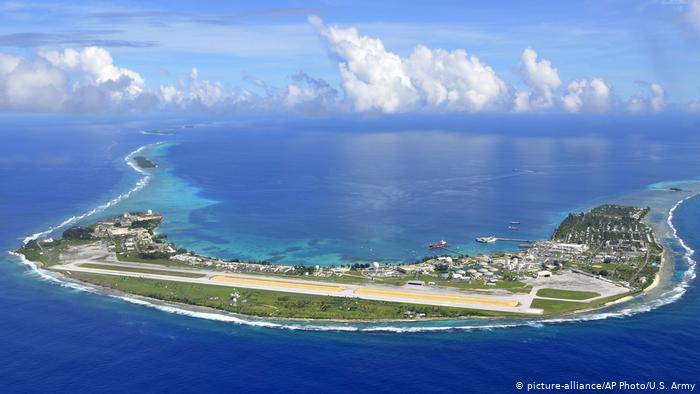The Marshall Islands issued blockchain- based national currency with limited supply in an attempt to "finally gain monetary independence in a way that reflects Marshall values."
The release of the Marshallese sovereign (SOV) was announced in an essay by David Paul, Minister of Assistance to the President and Environment of the Marshall Islands.
“Connected to the global financial system on its own terms”
The Marshall Islands passed the Sovereign Currency Act in 2018, announcing its intention to issue its new national digital currency . A country that has been independent since 1979, still uses the US dollar as the official currency for all payments, debts, taxes, and other government fees.
In his essay, Minister Paul emphasizes that the choice of islands to issue a second legal tender based on blockchain technology was based on the belief that centralized solutions are not feasible in a country with a population of just over 50,000 people living on more than 1,000 islands Pacific Ocean.
In addition to decentralization , the blockchain offers the country the opportunity to “comply with a rule built into the currency protocol itself, which maintains confidentiality for individuals.”
This technology, the official notes, allows the state to automate most of its compliance obligations, reducing the costs associated with existing systems, and thus helps it play a more active role in the global fight against money laundering and terrorist financing.
Approved entities, such as banks or exchanges, will be instructed to verify the identity of SOV holders, thereby closing anonymity loopholes. The Minister writes:
“Nevertheless, the country will strive to protect financial privacy as much as possible. It is imperative that individual users have reasonable expectations of confidentiality, in particular, the ability to choose when to disclose information, what exactly and with whom to share it. ”
Governments do not need to consider money as a “limitless resource”
Minister Paul notes that SOV will have a fixed, tamper-resistant money supply and that its growth will be predetermined at 4% per year. The official claims:
“We decided to create a fixed money supply with a fixed growth, because paper currencies can be surprisingly unstable. The policies of large central banks are not encouraging, as gold and bitcoin prices suggest. We, governments, need to be more sustainable in their approach to money, and not view it as a limitless resource. ”
Other aspects of the essay point to the fact that money transfer services are currently extremely expensive for citizens, which can help mitigate the adoption of blockchain-based systems.
Publication date 09/05/2019
Share this material on social networks and leave your opinion in the comments below.

